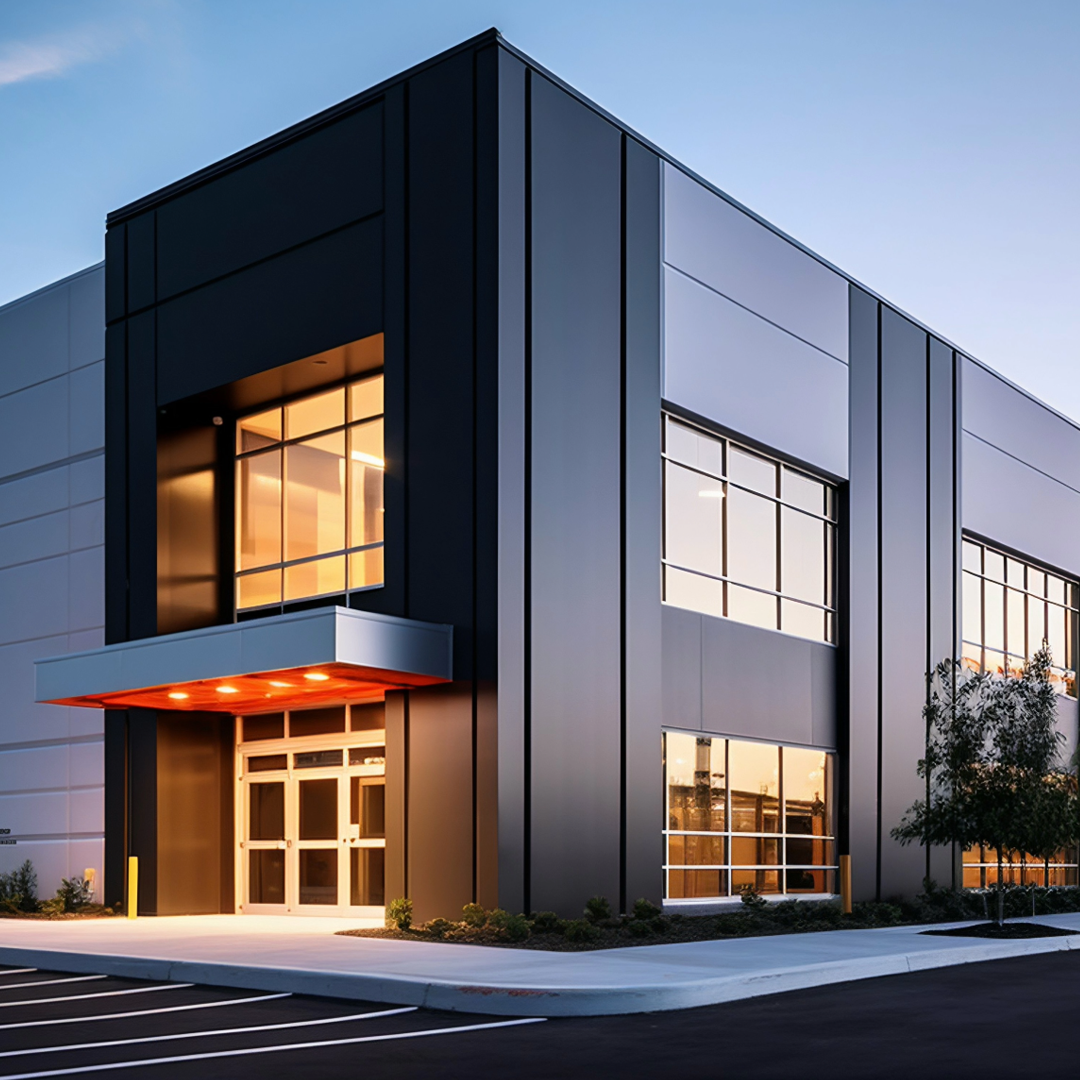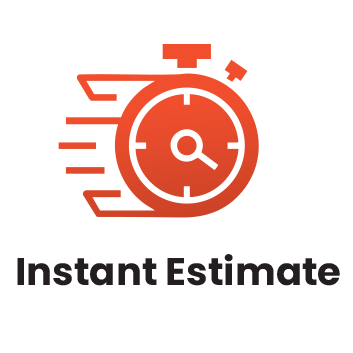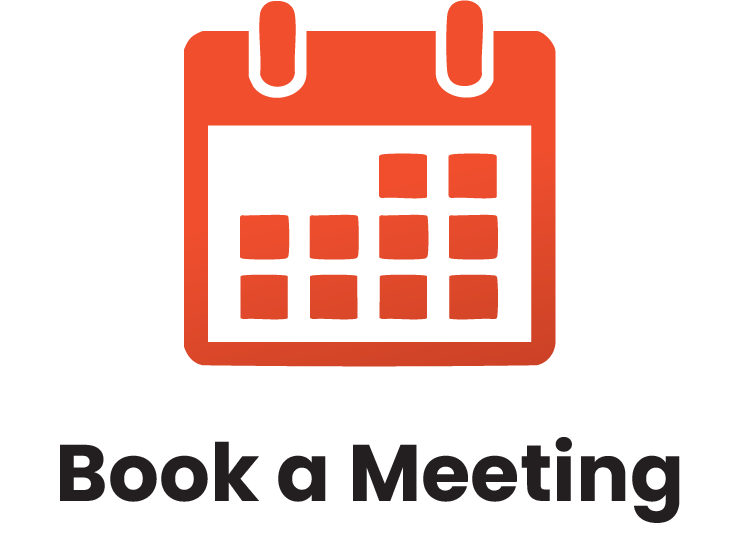Interactive training sessions led by experienced facilitators.
What is In-Person, Instructor-Led Training?
Our in-person training is delivered by a live facilitator who works directly with your team at your location. It’s our most popular format because it allows for real-time interaction, hands-on learning, and direct support.
Every session is tailored to your team’s specific goals, industry, and challenges—no generic, one-size-fits-all programs. Whether it’s a single session or a full training series, we design the experience to be relevant, practical, and fully aligned with your needs.
What is Live Webinar Training?
Live webinars are facilitator-led training sessions delivered online in real time. They’re ideal for teams working in different locations or with busy schedules.
This format offers shorter, more frequent sessions that are easy to coordinate—making it a convenient option for organizations with remote or distributed teams.
What is Virtual Classroom Training?
Virtual Classroom training is live, instructor-led training delivered online. It offers the same interactive experience as in-person sessions, with real-time discussions, group activities, and instructor feedback.
It’s a flexible option for organizations that want to reduce travel, save costs, or better fit training into busy schedules.
What is a Lunch & Learn Session?
Lunch & Learn sessions are short, facilitator-led training sessions delivered in person or online—typically during the lunch hour. They focus on specific topics or skills and offer a quick, engaging way to learn without a full-day commitment.
These sessions can be offered as one-time events or as part of a series, making them a great option for ongoing, bite-sized learning.
Online Learning
Enjoy our self-paced option and learn from anywhere!
$279.00 USD
Business Process Management
Business process management helps organizations leverage processes to achieve their goals and be successful. Once processes are implemented, they must be monitored, evaluated, and optimized to make sure they are still meeting the goals that they were designed to accomplish. A business that can successfully manage its processes is able to maintain a competitive edge, while increasing productivity and efficiency and decreasing costs.
This course will introduce participants to business process management. Students will learn how business processes can help improve their company’s bottom line by providing a higher level of quality and consistency for customers.
LEARNING OBJECTIVES
Learning Objectives
This two-day workshop will teach participants how to:
- Define business process management and related concepts
- Recognize the vital role processes play in a business
- Appreciate the role of technology in process management
- Develop a vision to guide process improvement
- Understand how to design or enhance an existing process using the business process life cycle
- Construct a process map
- Perform what-if analysis
- Implement and monitor process changes
- Identify how Lean and Six Sigma methods can assist in managing and improving processes
- Use a variety of tools and techniques to eliminate waste and redundancies


COURSE OUTLINE
The Fundamentals of Business Process Management
To begin, participants will learn about three concepts that are closely tied to business process management: business analysis, enterprise content management, and business process re-engineering.
Defining Business Process Management
Next, participants will learn what business process management is, where it originated from, and what some of the benefits are.
Reflecting on Processes
In this session, participants will review their pre-assignment. The Business Process Life Cycle.This session will introduce the business process life cycle, which will form the basis for the rest of the course.
The Vision Phase
The first phase of the business process life cycle is Vision. This session will cover ways to create and share a vision, and why it is important for process improvement.
The Design Phase
The second phase of the business process life cycle is Design. This session will explore how to gather information, define a problem, model as-is and to-be processes, and establish functions.
The Modeling Phase
The third phase of the business process life cycle is Modeling. In this session, participants will learn how to review and analyze process maps and use iterative testing.
The Execution Phase
The fourth phase of the business process life cycle is Execution. This session will take participants through all aspects of the Execution phase, including implementation, automation, business rules, and workflow engines.
The Monitoring Phase
The fifth phase of the business process life cycle is Monitoring. This session will share ways to monitor processes, including the balanced scorecard, business activity monitoring, and process mining.
The Optimizing Phase
The final phase of the business process life cycle is Optimizing. This session will cover ways to optimize processes, including the business process improvement cycle, Lean methodology, and Six Sigma theory.


















